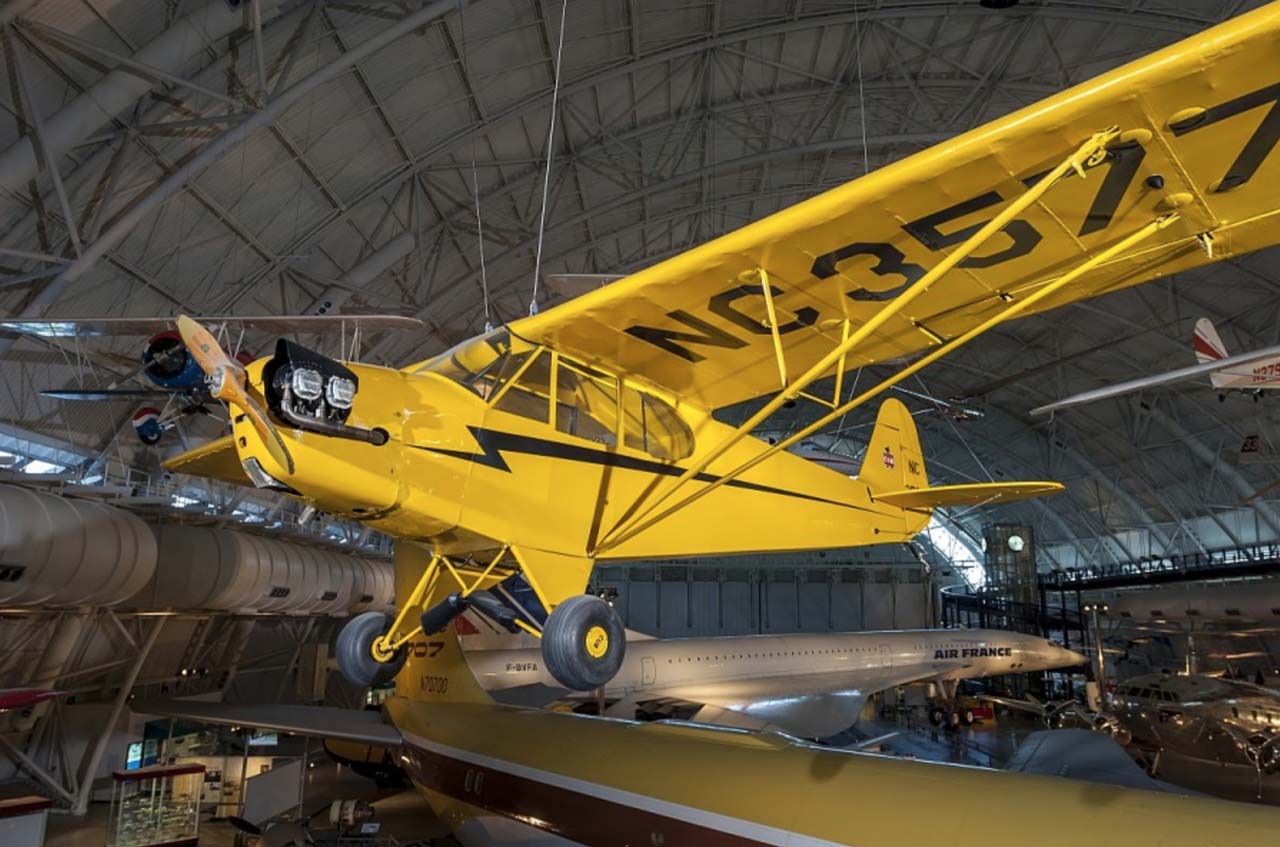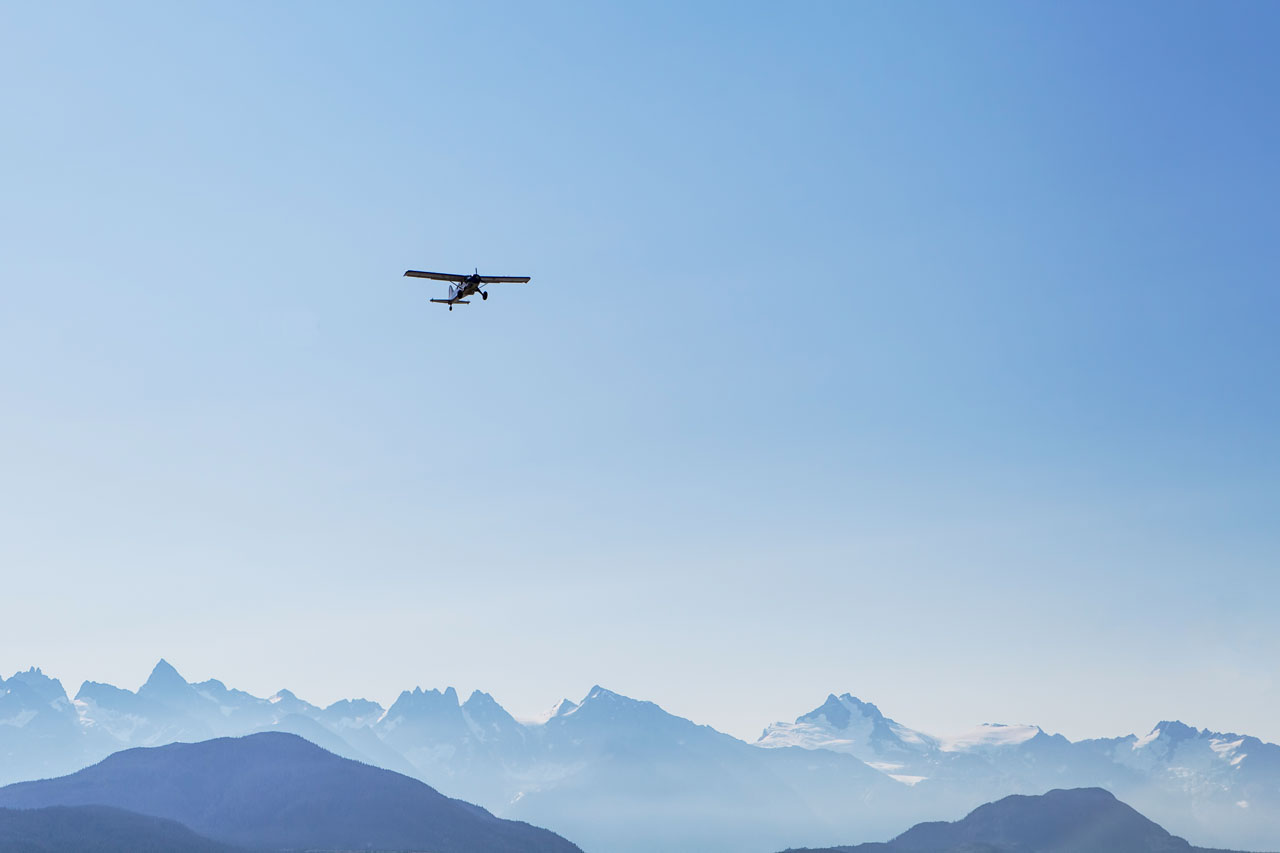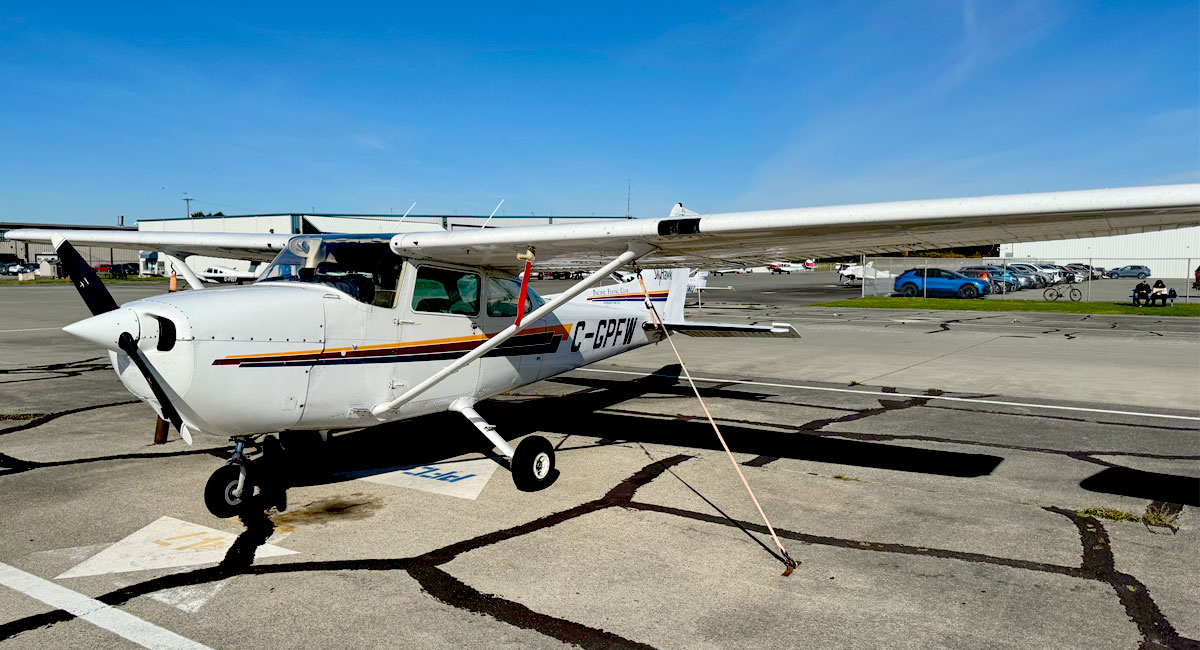
The Evolution of General Aviation Aircraft: What’s Changed Over the Years?
Piper J-3 Cub: distinctive yellow, high-wing light monoplane with tailwheel; trainer and sport aviation; Continental A-65, 65 hp engine. Photo courtesy of National Air and

Piper PA-28-180 Cherokee C. Image courtesy of Wikipedia.
For decades, the Piper Cherokee has remained a staple in general aviation, admired by flight students, instructors, and private pilots. Its reliability, affordability, and ease of handling have made it a go-to aircraft for flight training and personal flying. The Cherokee series has evolved significantly from its first flight in the early 1960s to its modern iterations. This article takes a deep dive into the history, development, and lasting legacy of the Piper Cherokee and why it remains a pilot’s favourite.
The Piper Cherokee series was born out of necessity. In the late 1950s, Piper Aircraft faced stiff competition from Cessna and Beechcraft, particularly in the single-engine, four-seat aircraft market. At the time, Cessna’s 172 was gaining massive popularity, and Piper needed an aircraft that could rival it in affordability and performance.
Enter John Thorp, an aeronautical engineer with a knack for designing efficient and practical aircraft. Working alongside Piper’s lead designers, Thorp helped create a low-wing, all-metal monoplane that would revolutionize the industry. In 1960, the first PA-28 Cherokee 150 and 160 models were introduced, powered by 150-horsepower Lycoming engines, respectively. These models were built with simplicity and cost-effectiveness in mind, making them highly attractive to flight schools and private owners.
Several design elements made the Piper Cherokee stand out in the crowded general aviation market:
Unlike the high-wing Cessna 172, the Cherokee featured a low-wing design, providing:
Early Cherokee models had fixed tricycle landing gear, which:
Piper introduced a semi-tapered wing (known as the “Hershey Bar” wing due to its rectangular shape), providing:
Earlier Piper models (such as the Piper Cub) used fabric-covered fuselages. The Cherokee broke from this tradition by utilizing a fully metal airframe, which increased durability and reduced maintenance.
Following the Cherokee 150 and 160 success, Piper quickly expanded the lineup to cater to different pilot needs. Some of the most notable models include:

Piper PA-28-161 Cherokee. Image courtesy of Wikipedia.
One of the biggest reasons the Piper Cherokee remains a pilot’s favourite is its role in flight schools worldwide.
Many pilots earned their Private Pilot License (PPL) or Instrument Rating (IFR) in a Piper Warrior or Piper Archer, making the Cherokee series an integral part of aviation training.
While Piper no longer produces some older Cherokee models, newer versions continue to be manufactured under the Piper Archer and Piper Arrow names.
These modern aircraft retain the Cherokee’s classic reliability while incorporating state-of-the-art avionics to meet the needs of today’s pilots.
The Piper Cherokee has earned its reputation as one of history’s most beloved general aviation aircraft. Its affordability, versatility, and dependability have kept it relevant for over six decades.
From its humble beginnings in 1960 to the advanced models flying today, the Piper Cherokee remains a true aviation icon. Whether you’re a student pilot, a private owner, or an instructor, there’s a reason the Cherokee continues to be a pilot’s favourite for generations.
The Piper Cherokee is more than just an aircraft — it symbolizes general aviation excellence. It bridged the gap between affordability and performance, making flying accessible to more people. With a strong presence in flight training and private ownership, the Cherokee’s legacy is far from over. As long as pilots seek a reliable, versatile, easy-to-fly aircraft, the Cherokee will continue soaring through the skies.

At Pacific Flying Club Piper PA-34 Seneca plays a crucial role in multi-engine training providing students with the opportunity to develop advanced piloting skills in a two-engine aircraft. As pilots progress from single-engine trainers like the Cessna 152 and Cessna 172, they transition to the Seneca to gain experience in handling increased power, complex systems, and asymmetric thrust scenarios. This hands-on training is essential for those pursuing commercial aviation careers, ensuring they are well-equipped for multi-engine operations. To learn more about the versatility and capabilities of the Seneca, check out our article: The Piper PA-34 Seneca: Versatility in the Skies.

Piper J-3 Cub: distinctive yellow, high-wing light monoplane with tailwheel; trainer and sport aviation; Continental A-65, 65 hp engine. Photo courtesy of National Air and

Photo of Clayoquot Sound by Jordan Giesbrecht courtesy of Tourism Tofino. Scenic Flights in North America offer more than just impressive views — they offer

You lift off from a small airport, climb above the trees, and head toward the mountains. Below, rivers wind through thick forests, and narrow gravel


Historical Background Boundary Bay Airport was constructed in 1941 as part of the British Commonwealth Air Training Plan, one of the largest aviation training programs

Who Are Canadian Snowbirds? Officially known as the Canadian Forces Snowbirds (431 Air Demonstration Squadron), they’re more than just an air show attraction. The Snowbirds